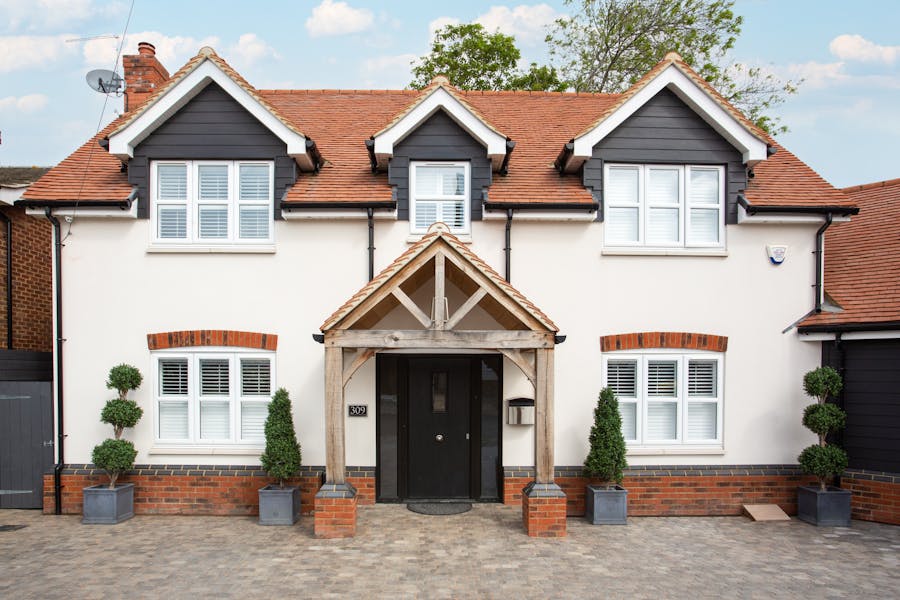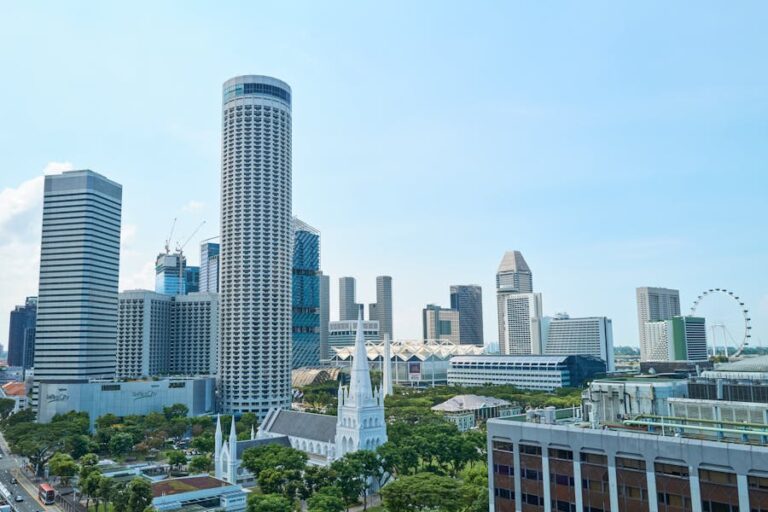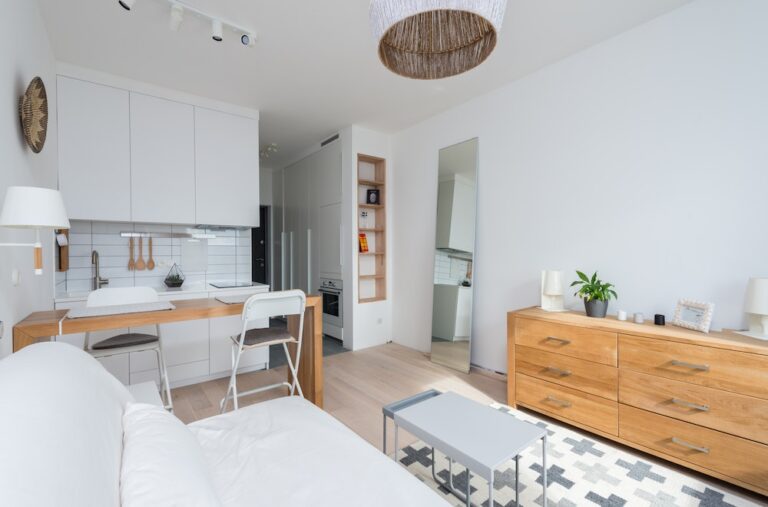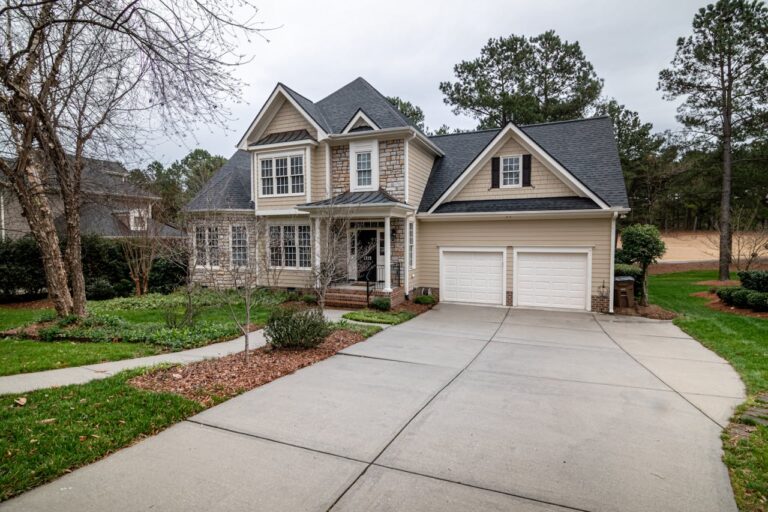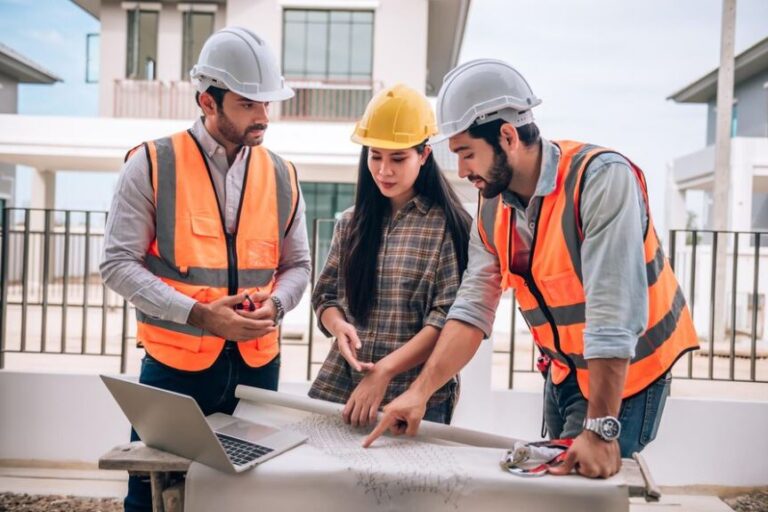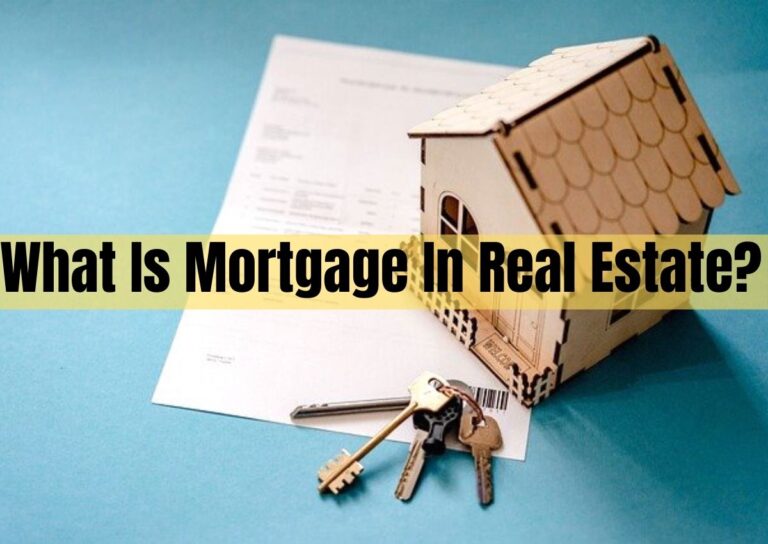Singapore, with its vibrant skyline, world-class infrastructure, and excellent quality of life, has long been an attractive destination for property investment. Whether you’re looking for a new home or seeking to grow your investment portfolio, purchasing a second property can be a lucrative opportunity.
But before you rush off to the latest condo in the ever-popular Marina Bay or the quieter precincts of Bukit Timah, there are some rules for buying a second property in Singapore that you need to be aware of.
If you’re thinking of stepping into the world of second property ownership, it’s essential to understand the regulatory framework in place. After all, Singapore has a unique set of rules for real estate transactions, particularly when it comes to buying additional properties. Let’s break down what you need to know.
1. Stamp Duty: The First Hurdle
First things first: stamp duty. This tax is applied whenever you buy a property in Singapore, and it’s calculated based on the purchase price or the market value, whichever is higher. For your second property, the rates are a bit steeper than they would be for a first-time purchase.
- For the first $180,000, the stamp duty is 1%.
- For the next $180,000, it’s 2%.
- For the remaining amount above $360,000, it’s 3%.
If you’re purchasing in prime areas like the iconic Marina Bay Sands or up-and-coming locations like Punggol, expect to pay stamp duty on the entire value of the property, which can add up to a significant sum. Keep in mind that these rules apply whether you’re buying a private condominium, landed property, or even an apartment.
2. Loan-to-Value (LTV) Limits
The Loan-to-Value (LTV) ratio determines how much you can borrow when buying a property. For your second property, the LTV is typically lower compared to the first. The general rule is that you can borrow up to 45% of the property value (down from 75% for a first property) for a second property if the loan tenure exceeds 30 years or extends past the age of 65.
This rule means you’ll need a larger down payment when buying your second property. So, if you’ve been eyeing a swanky new development in the lively Orchard Road area, you’ll need to ensure you have the financial capacity to put down at least 55% of the property price.
3. Additional Buyer’s Stamp Duty (ABSD)
Now, here’s the big one – Additional Buyer’s Stamp Duty (ABSD). When buying a second property, you’ll have to pay a higher stamp duty, as it’s considered an additional property. The ABSD rate for Singaporeans buying a second residential property is 12% of the purchase price or market value, whichever is higher.
However, this doesn’t apply if you are buying a second property in a non-residential area. So, if you’re considering an industrial property or a commercial space in locations like the Bukit Timah area or the growing Jurong East business hub, this rule wouldn’t apply, and your costs would be less.
It’s important to remember that the ABSD applies regardless of whether the second property is bought for investment or for personal use. This regulation aims to keep the housing market affordable for locals while preventing speculation.
4. Restrictions on Foreign Buyers
Foreigners face additional restrictions when purchasing property in Singapore. If you’re not a Singaporean or Permanent Resident (PR), you’re only allowed to purchase private properties, with no restrictions on the type of property, provided it’s not located in an area where there are restrictions on foreign ownership.
However, if you’re a PR, you can purchase a second residential property, but it has to be a private property. The rules are stricter when it comes to landed property, and foreigners are not allowed to purchase landed homes unless they get approval from the Singapore Land Authority (SLA).
For locals, this doesn’t affect you unless you’re purchasing a second property in a foreign country, which would then be subject to similar rules depending on the location.
5. Financing Your Second Property
For those intending to finance their second property purchase with a mortgage, it’s crucial to remember that the Total Debt Servicing Ratio (TDSR) is a key factor. The TDSR limits how much of your monthly income can be used to service debt, including both property loans and other forms of credit.
For a second property, the TDSR should not exceed 60% of your monthly income, meaning you need to show that your monthly debt obligations, including the new mortgage, do not surpass this threshold.
This is a critical factor to consider before buying that stunning penthouse in the CBD or a luxury condo in Sentosa Cove. You need to be sure your income and financial standing allow for a sustainable monthly repayment schedule.
6. Selling Your First Property
One of the other important rules for buying a second property in Singapore relates to the sale of your first property. If you’ve already purchased your first property and plan to upgrade or invest in a second one, you must sell the first property within six months of purchasing your second property to avoid paying the ABSD on the second one.
However, if you’ve held onto the first property for a certain period, you may be exempt from the ABSD under specific circumstances, such as meeting the criteria for certain exemptions set by the authorities. Be sure to consult a property expert or legal professional before making any final decisions.
7. The Option of HDB Flats
For Singaporeans looking to buy a second property and thinking of upgrading to an HDB flat, there are additional considerations. While you can purchase a second HDB flat, you need to comply with the HDB’s eligibility schemes. If you’re still living in your first HDB flat, you’ll have to fulfill certain criteria before purchasing a second HDB, such as meeting the Minimum Occupation Period (MOP).
The MOP is typically five years, meaning you must live in your current HDB flat for at least five years before you’re eligible to buy another one.
Final Thoughts: Is It Worth It?
Navigating the rules for buying a second property in Singapore can be a bit tricky, especially with the additional costs and restrictions in place. However, for those looking to expand their property portfolio or find a more suitable living situation, the opportunity to purchase a second property can still be a great investment.
The key takeaway is that it’s essential to plan ahead, calculate the costs carefully, and ensure that you’re financially prepared for the upfront costs and long-term commitment of a second property. Whether you’re eyeing an investment property in the bustling city centre near Marina Bay or looking for a quiet retreat in the lush residential areas of Bukit Timah, make sure you have all the necessary information to make an informed decision.
So, are you ready to take the leap? Just remember, whether it’s understanding the ABSD, loan requirements, or the finer points of the TDSR, a little research goes a long way when making such an important investment. Happy property hunting!

